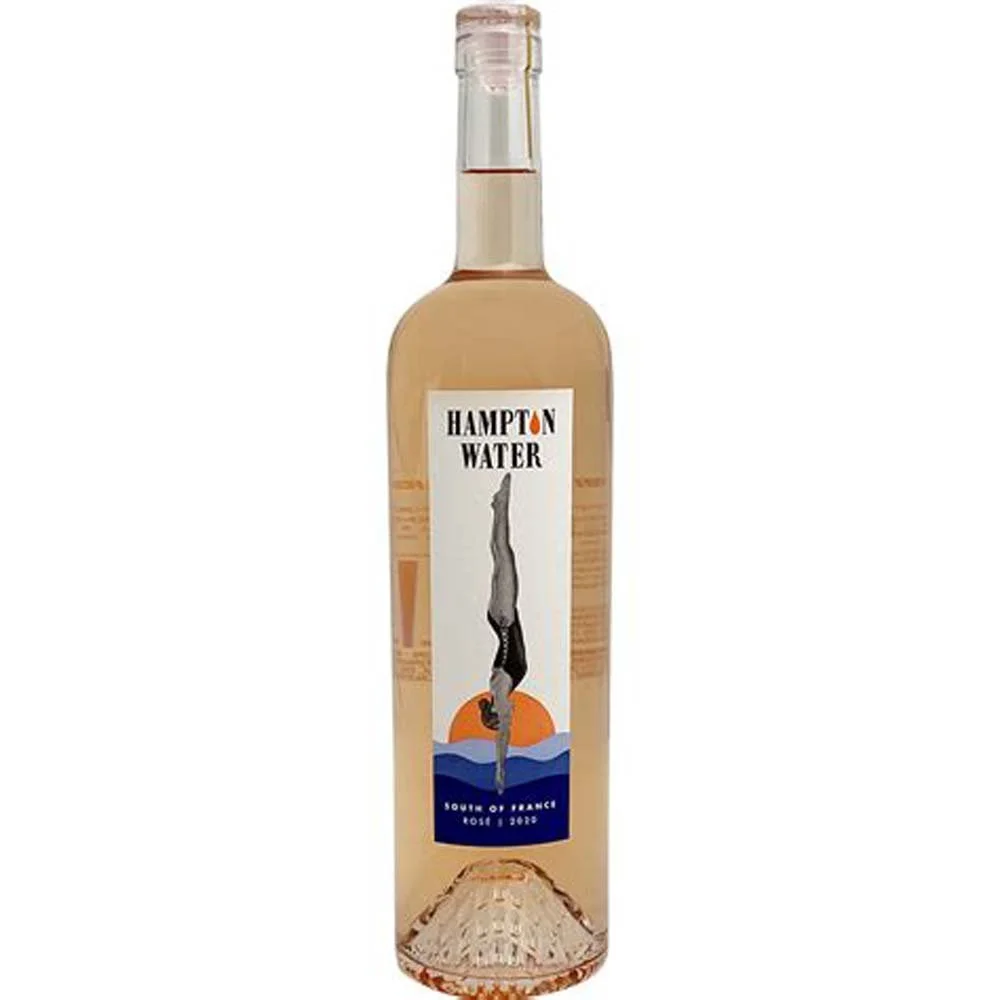ROSÉ BLENDS
Fresh Fruit, Subtle Spice, All-Occasion Charm
Rosé Blends are some of the most versatile and expressive wines on the table—crafted from a combination of red grape varieties, often with a regional twist. While Provence sets the gold standard for dry, pale rosé, excellent blends come from all over the world. These wines balance crisp acidity with ripe fruit, herbal nuance, and sometimes a whisper of spice. Whether light and delicate or fuller and more textured, Rosé Blends are designed to refresh, delight, and pair with almost anything.
Key Characteristics
Most Rosé Blends are dry or just off-dry, with light to medium body, bright acidity, and a fruit-forward profile. Their flavor depends on the grape mix but often includes red berries, citrus, and herbal notes. Some versions offer extra texture from lees aging or brief oak contact.
Style
Still, rosé
Body
Light to medium
Acidity
Medium to high
Primary Grapes
Grenache, Syrah, Mourvèdre, Cinsault, Carignan, Sangiovese, Tempranillo, Pinot Noir, Zinfandel, others
Typical Flavors
Strawberry, watermelon, citrus zest, peach, rose petal, white pepper, dried herbs
Origin & History
Rosé has ancient roots, but the modern category of Rosé Blends was popularized in southern France—especially in Provence, where Grenache-based blends dominate. The style caught on globally, with regions like Spain, Italy, the U.S., and South Africa crafting their own expressions using native or international varieties. Whether from the Mediterranean or New World, blended rosé allows winemakers to fine-tune balance, color, and flavor in ways that single-varietal rosés often can't.
How It’s Made
Rosé blends are usually made using the direct press or saignée (bleeding off) method. Grapes are crushed and allowed brief skin contact to extract color, then fermented like a white wine. Multiple red varieties are blended to create the final style—achieving harmony between fruit, acid, and texture. Most are made in stainless steel to preserve freshness, though some see oak or lees contact for added body.
Notable Regions
Rosé Blends are produced globally, but standout styles include:
France
Provence
Côtes de Provence, Bandol
Dry, pale, and herbal with Grenache, Mourvèdre, and Cinsault at the core
France
Rhône Valley
Fuller rosés with Syrah and Grenache; bolder color and spice
Spain
Navarra, Rioja
Rosados with Tempranillo and Garnacha; fruity with a dry edge
Italy
Tuscany, Abruzzo
Sangiovese-based rosés (rosato); zippy and food-friendly
United States
California, Oregon
Fruit-forward blends from Pinot Noir, Syrah, and Zinfandel
South Africa
Coastal Region
Fresh and zesty with floral and berry notes; great with a chill
Food Pairings
Rosé Blends love warm weather, bold flavors, and diverse cuisines. They’re endlessly pairable.
Appetizers
Tapenade, hummus, grilled shrimp skewers
Seafood
Tuna tartare, salmon, paella
Cheeses
Feta, chèvre, Manchego
Vegetarian
Niçoise salad, roasted red pepper, tomato-basil pasta
Other
Spicy dishes (Thai, Indian), charcuterie, barbecue chicken
How to Serve It
Glassware
White wine or tulip-shaped rosé glass
Temperature
45–50°F (7–10°C)
Storage
Store upright in a cool, dark place; best enjoyed young, within 1–3 years
Fun Fact
In Provence, rosé accounts for over 90% of wine production, and must meet strict standards for color, blend, and dryness.
Recommended Producers
These houses exemplify the diversity and craftsmanship of modern rosé, offering fresh, approachable expressions from Provence to the Hamptons.
Domaine Terre de Mistral
A family-run Provençal estate producing vibrant, terroir-driven rosés like the refreshing Rosalie.
Hampton Water
A collaboration between Jon Bon Jovi and Gérard Bertrand, blending celebrity style with southern French winemaking finesse.
Château de Berne
A scenic Provençal château crafting elegant, fruit-forward rosés with broad appeal, including their compact Inspiration bottling.
Saint-Croix
A dependable name in rosé, offering classic, mineral-tinged wines that embody the lightness and charm of southern France.
Recommended Pours
Domaine Terre De Mistral - Rosalie Rose 2022 — A crisp and aromatic Provençal rosé with notes of wild strawberry, citrus, and a hint of herbal freshness.
Hampton - Water Rose 2020 — A stylish, fruit-forward rosé with ripe berry, melon, and a clean, refreshing finish made for easy sipping.
Chateau De Berne - Inspiration Rose 2022 (375ml) — A delicately balanced rosé in a petite format, offering soft red fruit, white peach, and Provençal elegance.
Saint-Croix - Rose 2022 — A light and breezy rosé with fresh raspberry, floral notes, and a dry, mineral-driven palate.





